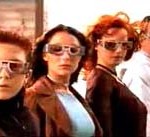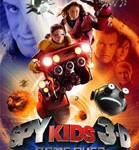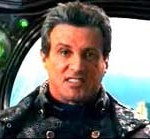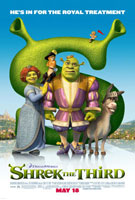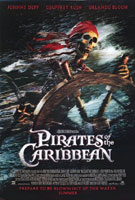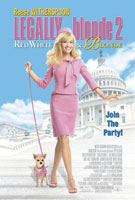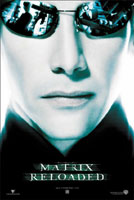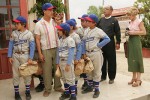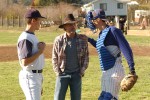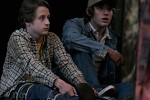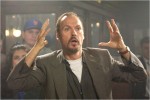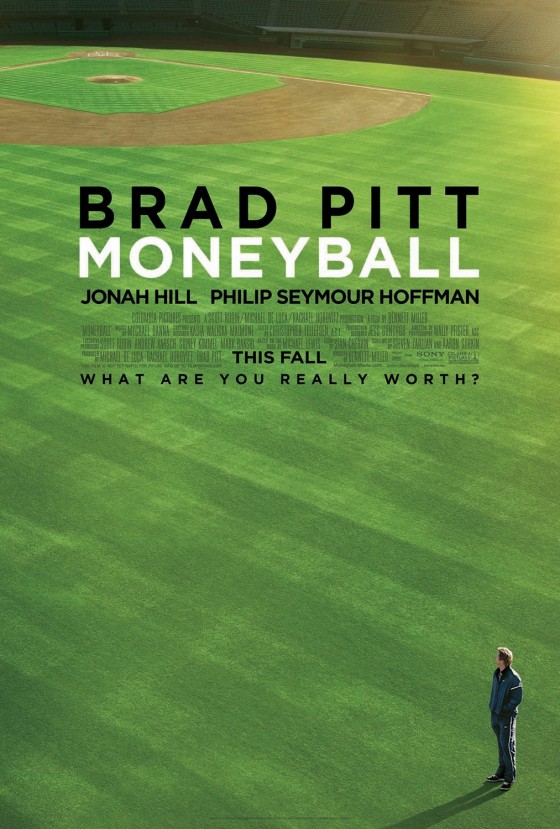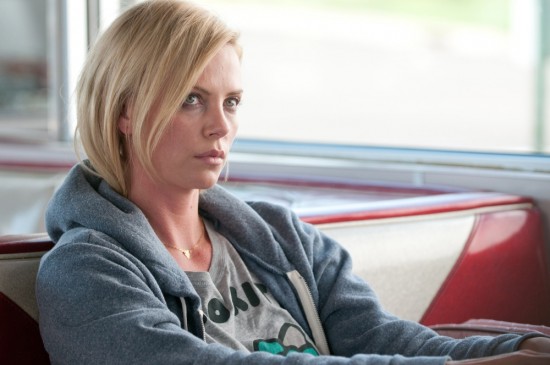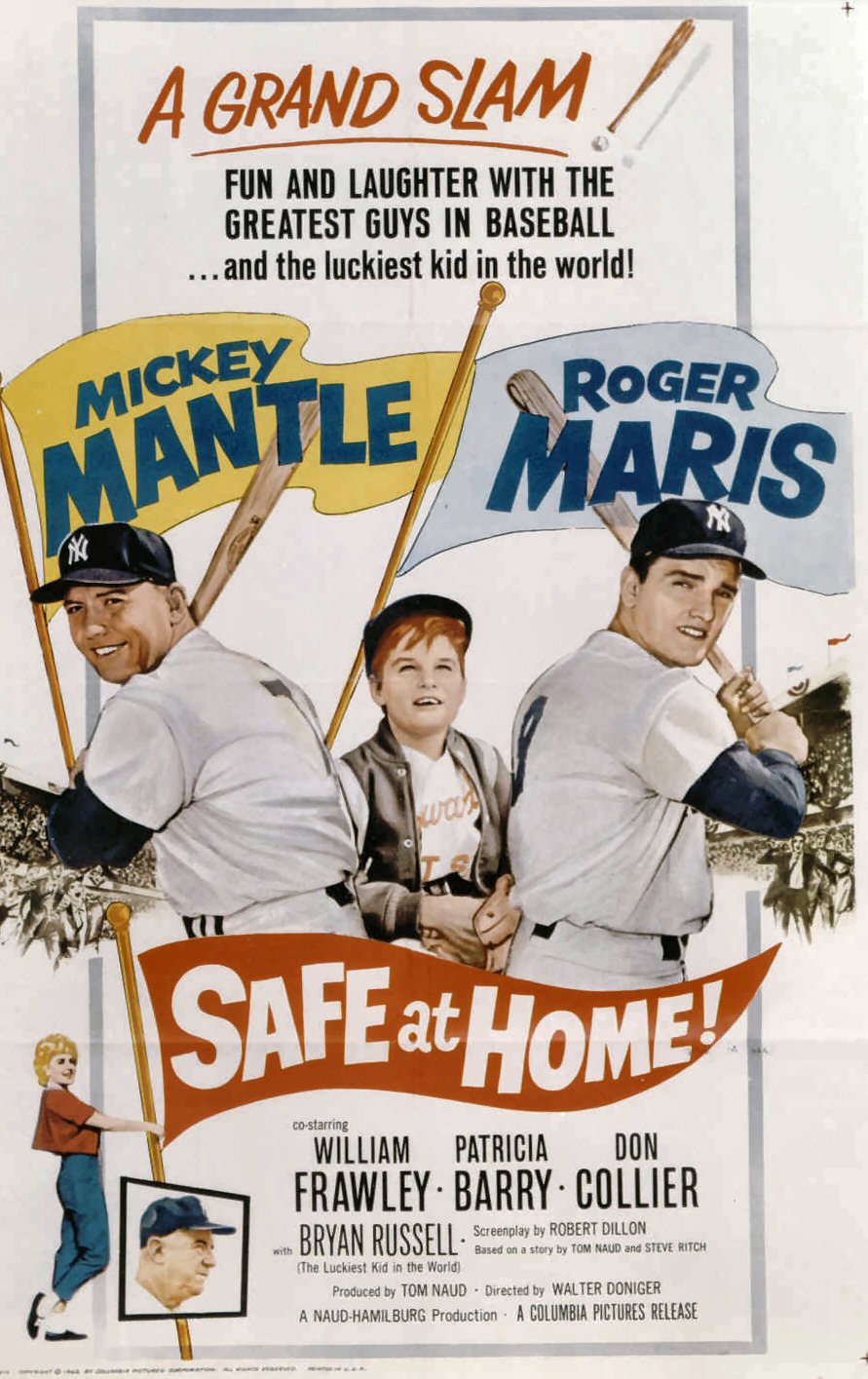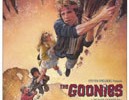The third, and reportedly final, film in Robert Rodriguez’s Spy Kids series is more of a gimmick movie than your standard sequel – it’s a return to old-fashioned 3-D, complete with funky red and blue 3-D glasses. Like any gimmick, once the initial intrigue of the 3-D has been satiated you’re left looking at Game Over like you would with any other. And once you start looking at Game Over like any other film you quickly realize it’s boring, no matter how many dimensions it’s in or however many celebrity cameos Rodriguez can squeeze in.
Except for the presumed knowledge of some previously introduced secondary characters, Game Over is essentially a standalone film that can be seen without having to see its predecessors. Young Juni Cortez (Daryl Sabara) is called out of retirement to rejoin the OSS so he can rescue his sister Carmen (Alexa Vega) who got stuck inside of a video game during an investigation into the mysterious Toymaker (Sylvester Stallone). This is where Rodriguez goes all Tron 2.0 as Juni proceeds to be ‘the guy’ messiah amongst the handful on in-game beta testers. Together they race and battle their way towards the apparently un-winnable level five.
Game Over targets that often hard-to-please, not-a-kid-not-an-adult demographic of prepubescent boys. It’s a hyperactive movie that’s supposed to be all the cooler with its resurrection of 3-D. Had I not seen James Cameron’s Ghosts of the Abyss at the IMAX in recent months I might have been more impressed. Ghosts of the Abyss worked well in 3-D because the screen is so big it takes up your entire peripheral vision. This keeps the screen dimensions from reminding your eyes that the screen is the frame and that nothing can actually come out of said frame. The special IMAX glasses also allow for full colour versus the traditional red and blue tinted glasses, which is the method Game Over uses. This makes for a couple of glaring problems. Number one, the 3-D doesn’t look all that three dimensional. Sure orbs, bolts, flying machines and other doodads are constantly flying towards the screen, but every time they looked like the hit a window right before they were supposed to jump off the screen. I got a similar effect when I was a kid flipping through my Viewmaster reels of the Grand Canyon when I was little. There’s a little depth in the background but I wouldn’t go so far as to declare my heart jumped every time and object was supposed to send me ducking. The red and green glasses also take away the colour of the film and leave a drab sense to a techno world that is meant to be on par with Willy Wonka’s chocolate factory.
Had the 3-D worked I wouldn’t have cared much about the film that sat within it. The gimmick would have been enthralling enough as spectacle that I’d have been happy staring blankly at the screen. But with the gimmick that got me in the door initially a bust, I looked to the traditional filmic aspects of Game Over to entertain me. They didn’t. The plot goes the smart route of setting the stakes simple and high to allow Rodriguez to play. That’s fine – if the playing works. Since I was bored by the spectacle, the bombardment of cyber battles became a little much. Like the spectacle, I soon found myself wriggling in my seat and checking the time every few minutes.
When I first heard that Stallone was going to play the villain in the film, I was in some ways excited. His career has been in a nosedive for years so I expected Rodriguez to play off of this and provide lots of campy fun for Stallone to work with and maybe even get a couple people talking about a legitimate comeback of sorts. I’ve seen a lot of bad Stallone flicks over the years and as far as performances go, I haven’t seen him any worse. At several points Stallone is playing the Toymaker and three alter egos all at once. Although these personalities are in the character’s head, they are very real on the screen. One dresses as a military general, another as a New Age guru and the third as a scientist type. You’d think each would have distinct traits outside of the costumes. Nope. All four sides of Stallone’s characters sound the same and act the same. There’s no energy coming from any of them. If Stallone wants to escape the direct-to-Blockbuster channel he’s been surfing on for the past couple of years he’s going to have to do something a little more than showing up for work and reading some lines. And this coming from someone who doesn’t mind the average Stallone performance. But this is just bad no matter how you look at it.
Over the years Rodriguez has made some friends in the business. Following a recent trend (most recently seen in Charlie’s Angels: Full Throttle), celebrity cameos are abundant in Game Over, not that many of them do much more than provide a bit of novelty. What worked really well in Goldmember in 2002 has quickly become boring and self indulgent. So George Clooney and Salma Hayek are friends with the director. Friends like to have fun together so they pop up in each other’s movies in three-line roles that make you point and go, “Hey, that’s George Clooney and Salma Hayek.” In execution it does nothing but suck the life out of any rhythm the movie might have built up to at that point. In Goldmember the cameos were at the beginning before the actual movie had really begun so there was no pacing to mess with. Here there’s so many faces popping up simply because they’re faces that what little genuine rhythm the movie had was constantly being beat up.
The first film in the Spy Kids franchise was fun, imaginative and had a heart. The sequel sacrificed some of that for more action. But it also paid tribute to Ray Harryhausen, so I could excuse some of my misgivings. Spy Kids 3-D: Game Over has a gimmick that doesn’t work and the rest of is a mess to boot. It’s too bad that Rodriguez is retiring the Cortez family because I would have preferred to see the franchise go out with a bang instead of running into one too many windows at the front of the screen like it did.
Spy Kids 3D Gallery
Trailer
